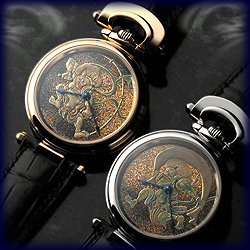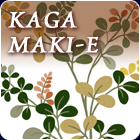Overview
There would not be many that would disagree with the notion that maki-e is one of the highest forms of art among the exquisite Japanese traditional art forms. Maki-e is a painting technique that uses powder and thin plates of gold, silver,
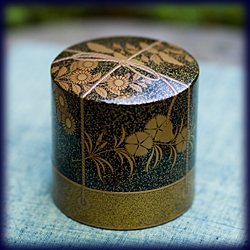
Maki-e by Shoitu Nishimura, the Second
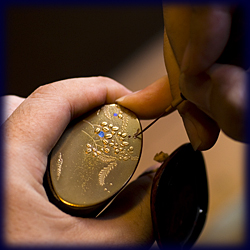
and shells combined with lacquer as an adhesive for adorning lacquer boxes, dishes, trays, furniture and many other items including modern products such as fountain pens and watches.

History
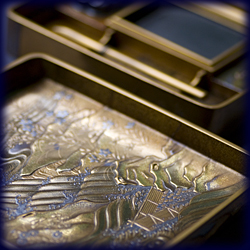
Above three photos are from "sai-to" 2006, Autumn, Special edition
Maki-e's history can be traced back to the Nara Era (710-794) and was developed over time. Later down in the history, in the city of Kanazawa during the Edo Era (1603-1867), a maki-e master was summoned from Kyoto to disseminate the technique.
Since then the art form flourished under the patronage from the local rulers of the Kaga Clan, the largest clan under the Edo Government, and sublimed into an amazingly exquisite detailed form of expression termed as Kanazawa-Kaga Maki-e.
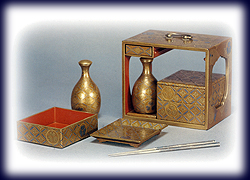

Traditional Craft for Modern Life
Today, maki-e artisans continue to deeply embrace the traditional designs,
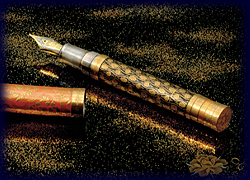
yet skillfully bring new light to their works by incorporating innovative techniques without getting caught into the old-fashion debate that denies the slightest diversion from the way of the old.
Open-minded artists are eager to work on collaborative projects that will best bring out the rich tradition and skills of the Kanazawa-Kaga Maki-e techniques.
